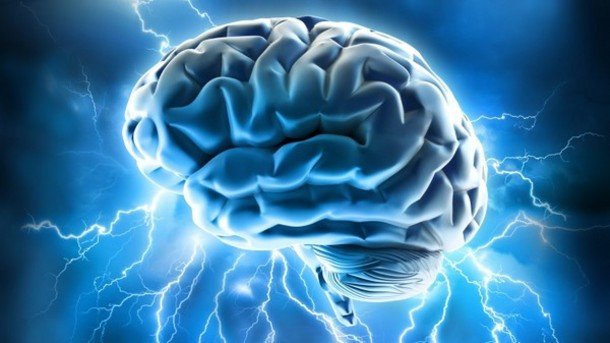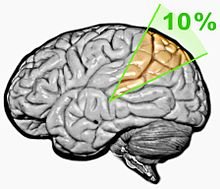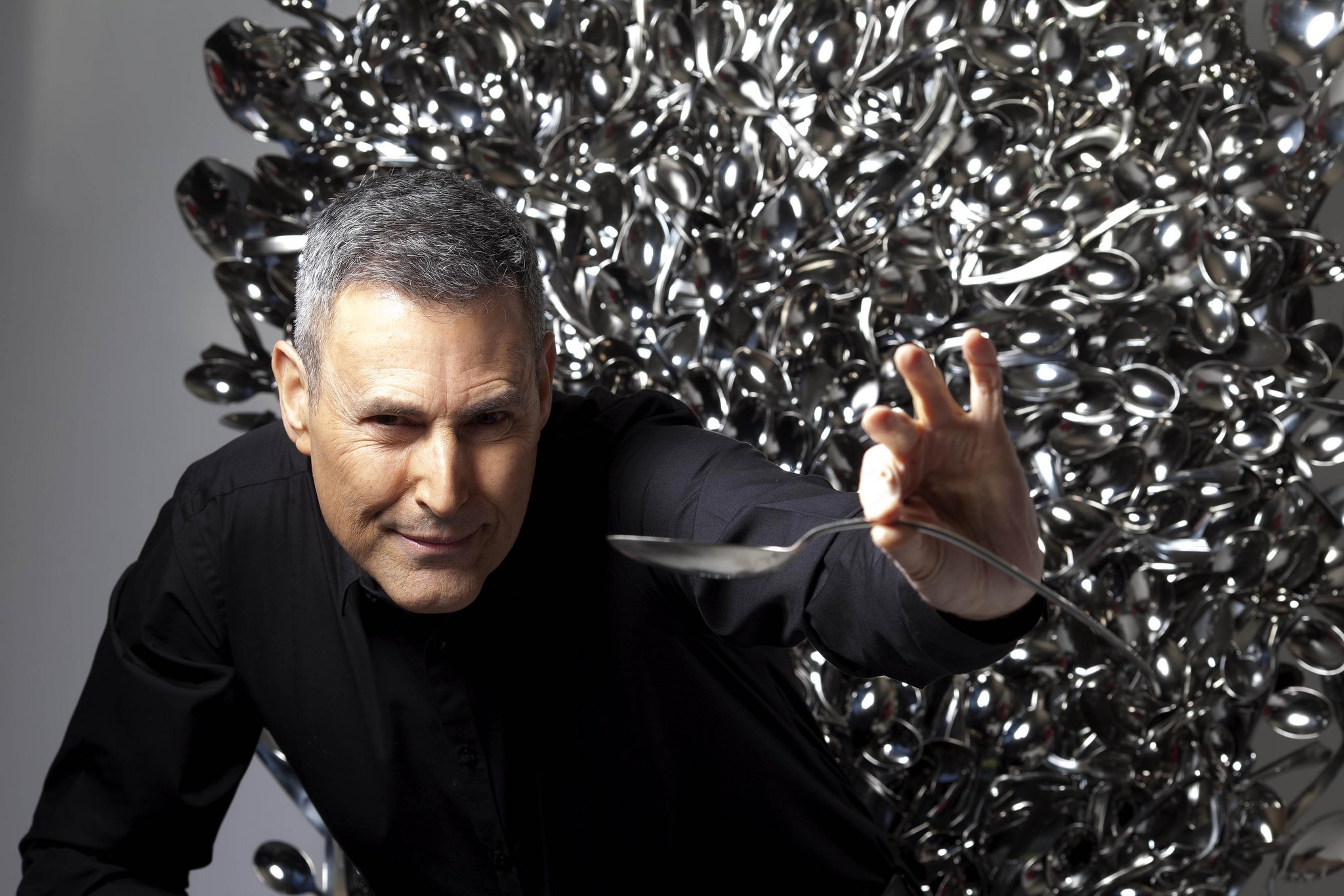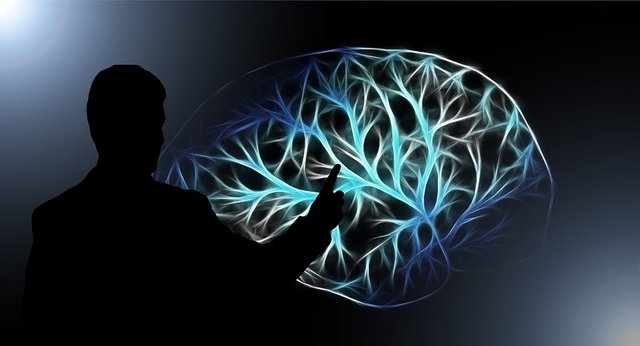Scientific approach: Do we really only use 10 percent of our brain?
Scientific approach: Do we really only use 10 percent of our brain?
Hello, steemians of the scientific community #steemstem, in today's post I would like to continue with my post of scientific approaches, where I try to explain myths, theories, and some legends; but from the scientific point of view. One of the great myths that travel in human culture is that where we believe that we are only able to use 10% of our brain.
That myth has become, over the years, a popular belief, and I dare say it could not be more wrong.

Source
CC BY 2.0
How did the myth of 10% arise?
The myth of 10% emerged at the end of the 19th century. When Charles-Édouard Brown-Séquard (1817-1894) wrote in 1876 about the power of the human brain stating that "very few people develop it very much and perhaps nobody does it completely".
It should be noted that another vestige of what constituted this myth was in one of the best selling books of the twentieth century How to win friends and influence the people of Dale Carnegie, where Lowell Thomas, writer, and author of the prologue stated that "The average man only manages to develop 10% of his latent mental ability ".
However, these were not the only references circulating at the time, they were only the first; since at that time both the books of self-help and the press, in general, made a dent in the famous myth.
Scientists and psychologists tell us that we only use around 10% of our brain power.
Subtly, this myth was growing as if we were adding gasoline to a campfire, it also evolved from talking about the mental potential to brain use

Source
CC BY-SA 3.0
Advances in neuroscience during the 19th and 20th centuries.
Proportion of cells.
During these centuries it was discovered that in the central nervous system there are two types of cell populations:
- Neurons.
- Glial cells.
This discovery strengthened the 10% myth by concluding that the brain was constituted with a proportion of glial cells and neuronal cells of 10:1 and that therefore the excitable part of the brain was only 10%.
Although the truth is that glial cells are essential for brain activity and work constantly although they do not reveal changes in their electrical polarization as neurons do.
Resting neurons.
It was shown that based on the first electrical records that not all neurons are in constant operation and that a large part of them is in constant rest.
Unknown areas.
The first investigations of cortical orientation found motor zones and sensory zones. However, there were many areas that were not articulated in one group or the other and that until now are known as association zones, which are primarily responsible for connecting the cortical regions.
These areas were not so easy to detect with the equipment with which the studies were carried out at that time.

Source
Public Domain
Faithful believers of the myth.
Even when the myth of 10% was rejected by anyone who had a minimal scientific culture, famous people, as always happens, got involved in continuing to spread this fairy tale.
One of the most fervent believers in this myth is Uri Geller, the famous Israeli spoon bender, who on numerous occasions has said without fear of error that most of them only use 10% and that only people are spared where of course it is included as well same in the equation have the potential to go beyond that 10%, this being the clear reason for their apparent "psychic powers".

Source
CC BY 2.0
Another of the most significant factors for the growth in the belief of this myth has undoubtedly been the intervention of cinema and television in popular culture. There is an immense variety of examples where the main theme has been this particular myth, is perhaps the clearest and recent film Lucy, where a woman is able through the ingestion of a drug to increase her brain capacity to reach levels that allow her to be able to perform any kind of absurd acts.

Source
CC BY-SA 4.0
Contradictions to the myth of 10%.
- If we only had the ability to use 10% of the brain, damage to the brain would not cause any damage and we would also have the ability to lose fractions of our brain without any consequences. All this demonstrated with what is the clear reality and is that if we suffered some type of brain damage we would undoubtedly lose some function, although, in the long run, we would be able to recover it.
- Another clear contradiction has been found thanks to brain scans that have helped to show that the brain is always in constant activity. And it is that even when we are asleep or resting our brain activity does not stop. All this because it is the brain that is responsible for giving and executing all the functions of the body and if this had periods of inactivity, functions such as breathing or even the heartbeat could be stopped.

Source
Public Domain
It should be noted that over the years many investigations have been carried out, all resulting in cartographic studies that have revealed that there is no area of the brain whose function is free.
And as a conclusion to these cartographic studies, techniques have been developed that have helped to determine that in fact, in addition to function-free zones, there are no neurons that do not have a function to fulfill. In fact, neurons that are at rest tend to decay. That is, if the 10% myth were true, autopsies in human brains would show extensive neurodegeneration.
Conclusion.
The truth is that the brain is one of the organs with the most activity in our body and that it has neither inactive areas nor neurons that do not have a certain function. However, what is a reality is that not all areas of the brain or neurons are active at the same time. Each zone and neuron is activated depending on the activity that our body wants to perform. In the brain, certain neurons fulfill certain functions and each one fulfills a specific job, something similar to what happens in cars whose elements fulfill certain functions in the same ecosystem.
The myth of 10% is persistent but today we would not be talking about it, and even today despite the evidence and many discoveries, there are people even within the scientific community who believe that it is true.
Myths have more power than reality
Obviously, it would be wonderful and incredible to have the ability to access such amazing powers that currently are nothing more than fiction, even though it may cause disappointment in many people to know that this myth is not true
We all want to be better. And we can be if we work for it but it is necessary to be clear that there are no shortcuts and this is not going to be because we discover a part of our inactive brain.
References.
- Boyd R (2008) Do People Only Use 10 Percent of Their Brains? Sci Amer http://www.scientificamerican.com/article/do-people-only-use-10-percent-of-their-brains/
- Lilienfeld SO, Lynn SJ, Ruscio J, Beyerstein BL (2010) 50 great myths of popular Psychology. Shattering widespread misconceptions about human behavior. Wiley-Blackwell, Chichester (GB)
- https://en.wikipedia.org/wiki/Ten_percent_of_the_brain_myth
- http://www.universityobserver.ie/science/myth-universe-the-10-myth/
- https://www.brainhq.com/brain-resources/brain-facts-myths/brain-mythology/brain-myth-use-10-percent-of-brain
- https://www.wired.com/2014/07/everything-you-need-to-know-about-the-10-brain-myth-explained-in-60-seconds/
If you want to read more scientific articles of good quality, do not waste your time, and visit the hashtag #steemstem.
Disclaimer: All the images used are correctly labeled for reuse.

Great work!
thanks!, I'm glad that you like it
Nice article. So are imply that we're capable of using 100% of our brain power?
Yes, exactly.
Thank you for a Great read I guess most of our brain power is used for things that we are not conscious of? Things like breathing, chemical transmissions, etc.
Yes, our brain had priority functions such as breath and temperature control. But it's always working
Congratulations! This post has been upvoted from the communal account, @minnowsupport, by Ideas-abstractas from the Minnow Support Project. It's a witness project run by aggroed, ausbitbank, teamsteem, theprophet0, someguy123, neoxian, followbtcnews, and netuoso. The goal is to help Steemit grow by supporting Minnows. Please find us at the Peace, Abundance, and Liberty Network (PALnet) Discord Channel. It's a completely public and open space to all members of the Steemit community who voluntarily choose to be there.
If you would like to delegate to the Minnow Support Project you can do so by clicking on the following links: 50SP, 100SP, 250SP, 500SP, 1000SP, 5000SP.
Be sure to leave at least 50SP undelegated on your account.
Well,everything is cleared up now. Great article @ideas-abstractas you make the science community so proud. 🌸

Funny enough my last post was about the brain and how we gather and lose memories.
While researching i discovered that we not only use every aspect of our brain, we also lose our ability to retain information if they are not consolidated.
There is no doubt that this comes easy for others.
I am one of those who actually believed this myth, thanks to movies and inspirational books.
but i have a question, how then do you explain people with a naturally high I.Q if we are all able to use the same percentage of our brain.
Why are some people more intelligent than other?
Thanks for busting this myth by the way